These stretchable optic fibre-based sensors could be stitched right into your clothes to monitor muscle strain during exercise.
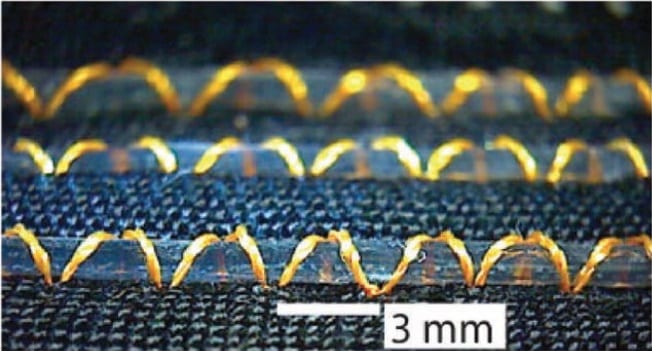

These stretchable optic fibre-based sensors could be stitched right into your clothes to monitor muscle strain during exercise.

The argument for making synthetic fuel from CO2 using renewable electricity in an increasingly electrified world is by now a familiar one. It hinges on the unlikely scenario that lithium ion batteries will never power the massive fleet of large-volume transportation...
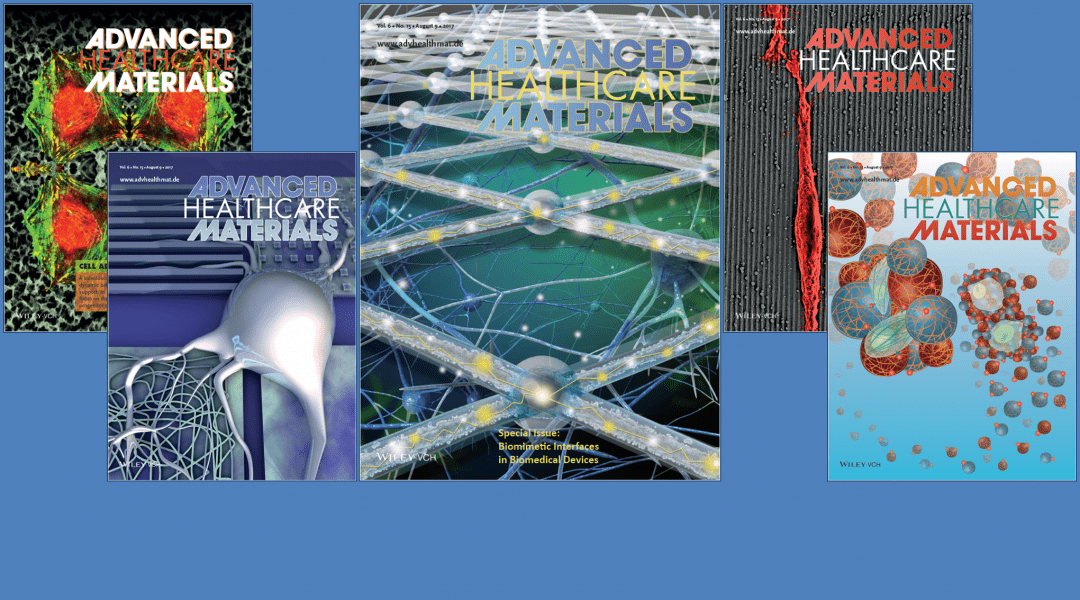
This week’s Advanced Healthcare Materials special issue with João Mano, Ali Khademhosseini, and Insung Choi.

Using plasma-deposited siloxane films with a high dielectric permittivity on copper avoids long-time partial discharge.

Nominate a colleague for the Biopolymers Murray Goodman Memorial Prize, awarded for accomplishments in biochemistry, biophysical chemistry, biophysics and/or chemical biology.
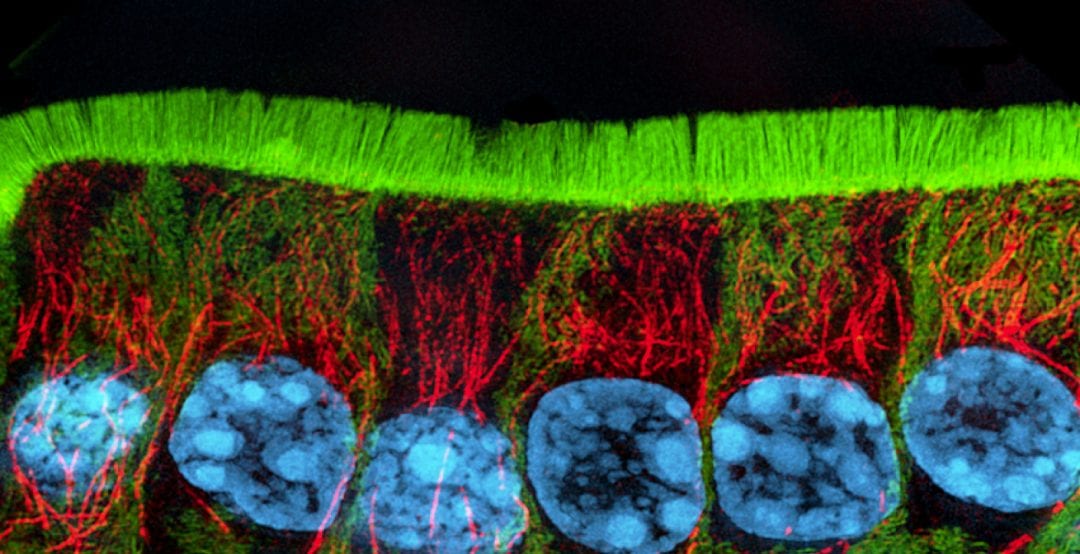
Phototoxicity is a serious challenge for fluorescence microscopy of living cells…

A new virtual issue for healthcare showcasing groundbreaking research recently published in five currently hot research themes.
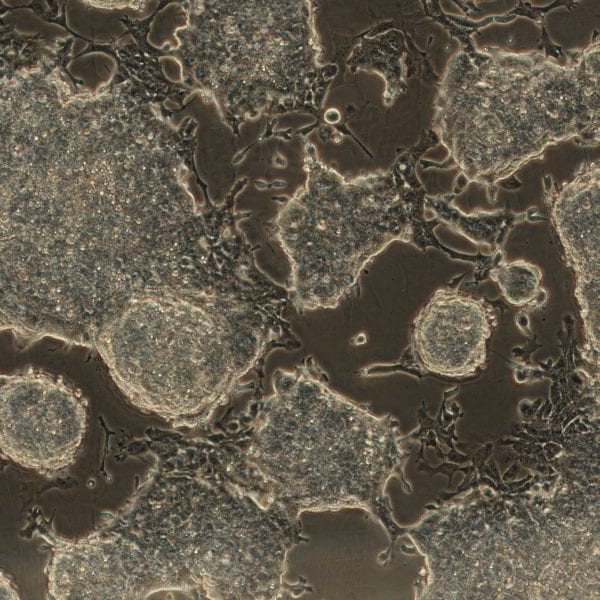
Cell fate and dynamic behavior of cells can easily be monitored in microfluidics using few cells and reagents for regenerative medicine applications.
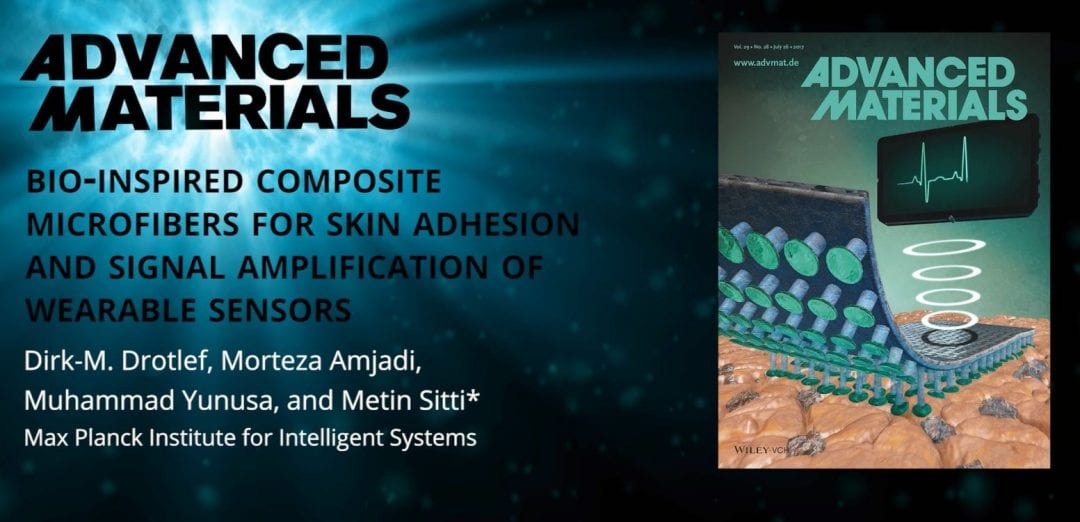
Researchers from the Max Planck Institute for Intelligent Systems develop a durable, flexible adhesive film for use in wearable healthcare devices.
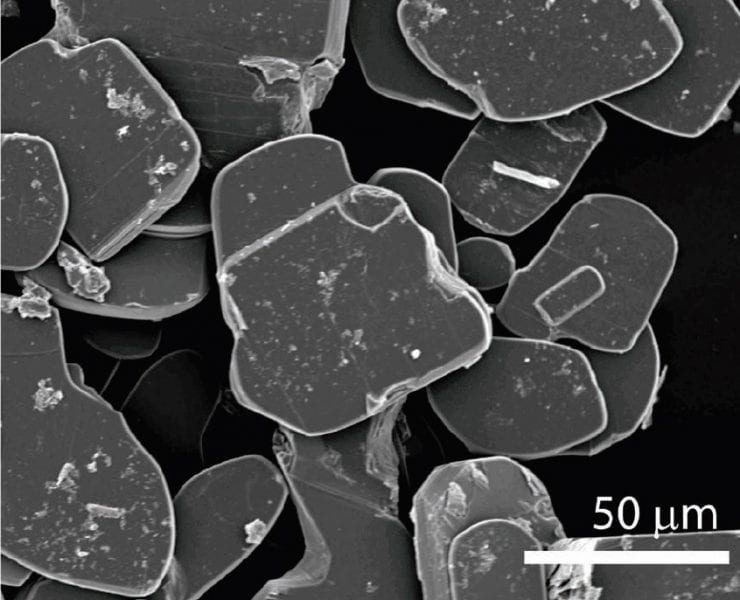
This organic–inorganic composite lubricant displays the best of both worlds for solid-state, high-temperature applications.